Visiting Mr. Ho Van Duong's farm in An Binh village, Thanh An commune, Cam Lo district (Quang Tri province), we were surprised by the prosperous property, which was reasonably arranged with a fish pond and a pig farm located among the cool rows of coconut trees.
Mr. Duong confided that no one has ever gotten rich from rice or potatoes. Therefore, if you want to get rich on your own homeland, you have to change your way of thinking and doing things.
But changing the way of doing things like that is a difficult question that makes Mr. Duong ponder forever.
And then, with his industrious nature, always learning new things, in 2003, he discussed with his wife about writing a request to rent a low-lying rice field of about 7 hectares located about 1 km from home to build a rice-fish model.
Mr. Ho Van Duong, an excellent farmer in An Binh village, Thanh An commune, Cam Lo district (Quang Tri province) harvests giant freshwater prawns on his family's integrated farm. Mr. Duong and his wife built this integrated farm by renting fallow and low-lying fields in the locality.
“In the early days of coming here to farm, everyone said my husband and I had problems because this was a barren, low-lying land, surrounded by weeds and reeds.
Ignoring it, I used all my capital, borrowed money from relatives to rent an excavator to build a dike around the rented area and completely built 6 rice fields combined with fish farming," Mr. Duong said.
Mr. Duong said that surrounding the fields are ditches 6-8 m wide and 1-1.2 m deep, formed by digging up soil to build dikes, where he raises fish such as grass carp, silver carp, and tilapia. In the middle is a flat field that Mr. Ho Van Duong uses to grow rice.
Before sowing rice, the water level will be lower than the field level so that the fish can go down to the ditch. When the rice is green and healthy, the water level will be raised so that the fish can come up to the middle of the field to find food.
However, it is necessary to calculate the appropriate farming time and use nets to prevent grass carp from coming to the surface of the field. Because if grass carp are allowed to come to the surface of the field, no rice plants will survive.
After harvesting the rice, he continues to add water and waits for a while for the rice plants to regenerate before removing the net to let the grass carp come to the surface of the field. At this time, the grass carp will eat all the regenerated rice plants and clean the field.
According to Mr. Duong, he only grows one crop of rice per year, and the remaining rice (regenerated rice) is used as food for fish. At the end of the year, he pulls the net to select the big fish to sell, and those that are not yet heavy enough are released to continue raising.
Not only that, in 2019, he also introduced a new farming species, giant freshwater prawns, and built a model of intercropping giant freshwater prawns and fish combined with closed, circular rice cultivation in the direction of natural farming.
“Currently, giant freshwater prawns are purchased by traders at the field price of 350,000 VND/kg. Every year, I earn about 300 million VND from giant freshwater prawns and about 200-250 million VND from fish,” said Mr. Duong.
Not stopping there, with his industrious and studious nature, in 2010, Mr. Duong decided to invest nearly 1.7 billion VND to build a cold barn system to raise pigs with a scale of 1,000 - 1,100 pigs/batch in cooperation with CP Vietnam Livestock Joint Stock Company.
With the technical support of the Company, Mr. Duong's pig farm has an automatic cooling system and especially a food conveyor belt.
Instead of having to carry each bag of feed to each trough, at Mr. Duong's farm, workers only need to pour all the feed into the tank, and the conveyor system will bring the feed to the pigs' troughs.
Mr. Duong said that every year he raises two litters of pigs, with an average weight of 1.1 - 1.2 quintals/pig and the company buys all of them.
To ensure environmental hygiene, Mr. Duong also applies advanced manure filtration technology. Accordingly, pig manure is concentrated in 2 tanks with a volume of 15 m3/tank, then a manure suction machine with a capacity of 20 m3/hour is used to filter the manure out of the water.Wastewater is fed into the biogas tank to fuel the farm's daily needs. The solid pig manure after filtration is treated with lime powder and composted to fertilize rice and feed fish.
“Composted pig manure is used to fertilize rice, while also creating a plankton environment for microorganisms to feed fish and shrimp. Fish and shrimp manure is a source of nutrition for rice. Regenerated rice is used as food for fish and shrimp. Using each other’s food sources helps save costs in production,” Mr. Duong shared.
When asked about his experience in developing the family economy, Mr. Duong said that in addition to being diligent and hard-working, farmers need to change their thinking, boldly change crops and livestock, and introduce new varieties of crops and livestock into production.Another important factor is to know how to apply science and technology properly to bring high economic efficiency. Currently, Mr. Duong's farm is stably maintaining 6 fields of intercropping giant freshwater prawns, fish and rice.
Every year, he sells more than 250 tons of pork. Starting from nothing, but with his constant efforts, Mr. Duong has succeeded in raising livestock, growing crops, and getting rich on the land that was previously abandoned, with a revenue of more than 12 billion VND per year.
“The workload is so large that I have to hire 8 more regular workers with an income of 7-9 million VND/month. In addition, I also create jobs for dozens of seasonal workers,” Mr. Duong added.
According to the Chairman of the Farmers' Association of Cam Lo district (Quang Tri province) - Mr. Nguyen Van Viet, Mr. Duong's farm is a large-scale farm, well-invested and highly professional, bringing high economic efficiency.In particular, not only enriching himself, Mr. Ho Van Duong also actively participated with the Commune Farmers' Association to conduct training sessions for branches to build closed models in livestock and crop farming in the locality.
Not only sharing his knowledge and experience, Mr. Duong also supports farmer members with seeds and loans to develop production together. He also accompanies the locality in the movement to help poor households, the local rural road construction program and the Association's movements, as well as with local organizations.
Mr. Ho Van Duong's family also supported hundreds of gifts, each worth 200,000 - 500,000 VND, for poor households and disadvantaged students.
With his efforts in economic development, Mr. Duong has received many certificates of merit from the Prime Minister, the Central Committee of the Vietnam Farmers' Union, and the People's Committee of Quang Tri province. Most recently, he was voted "Outstanding Vietnamese Farmer of 2023".
Source: https://danviet.vn/nuoi-tom-cang-xanh-la-liet-ca-tram-co-to-bu-o-ruong-lua-nuoi-lon-mot-nguoi-quang-tri-thu-12-ty-20240626195117949.htm








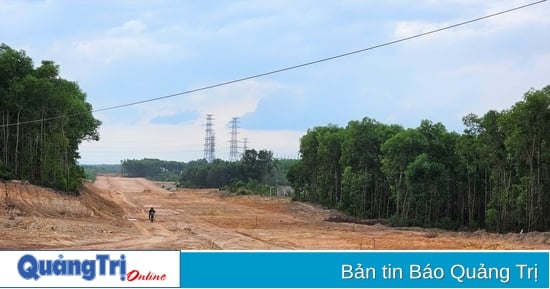

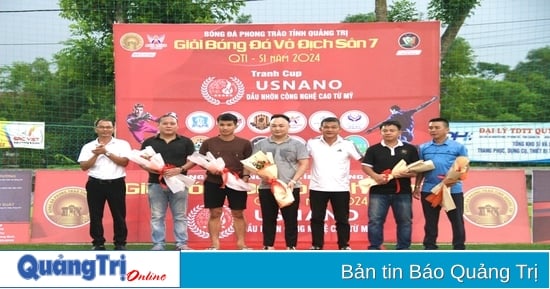
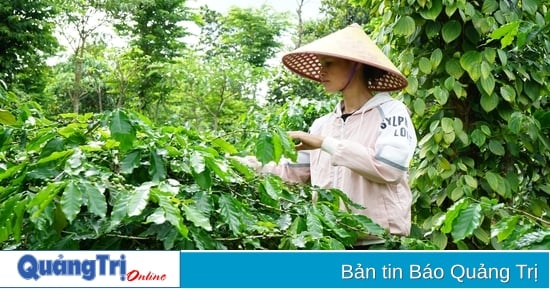
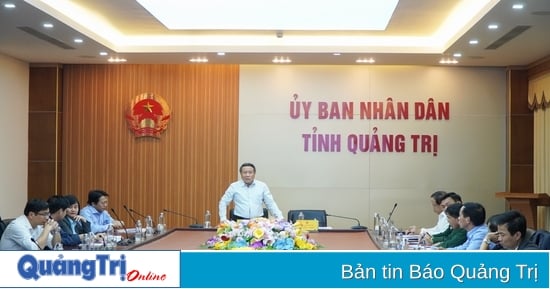
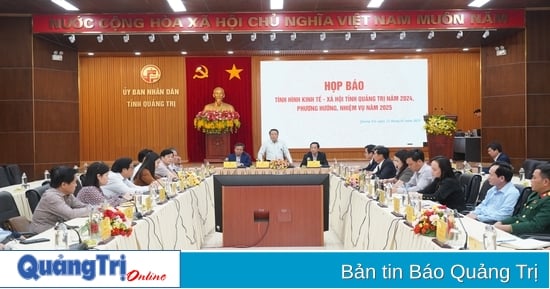
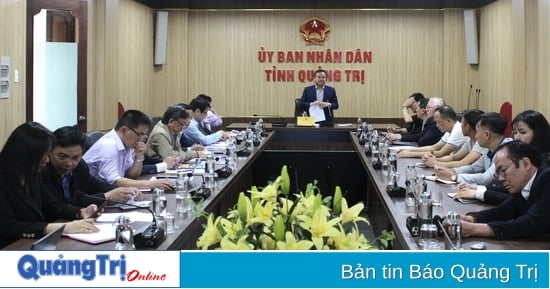
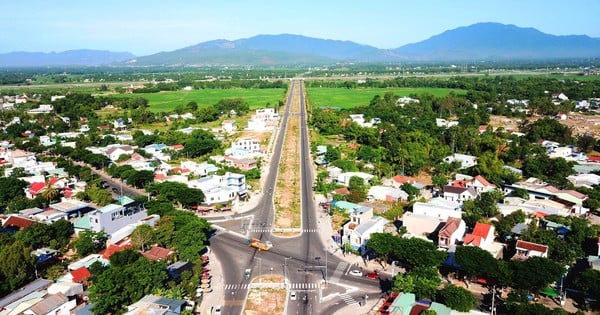
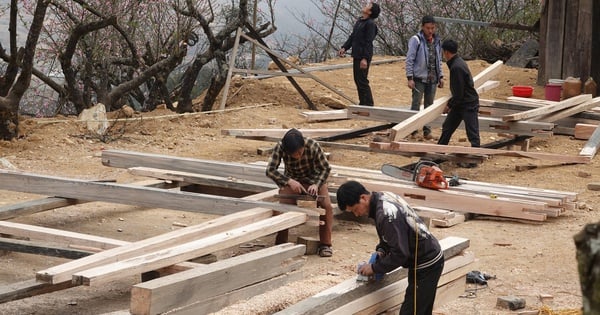
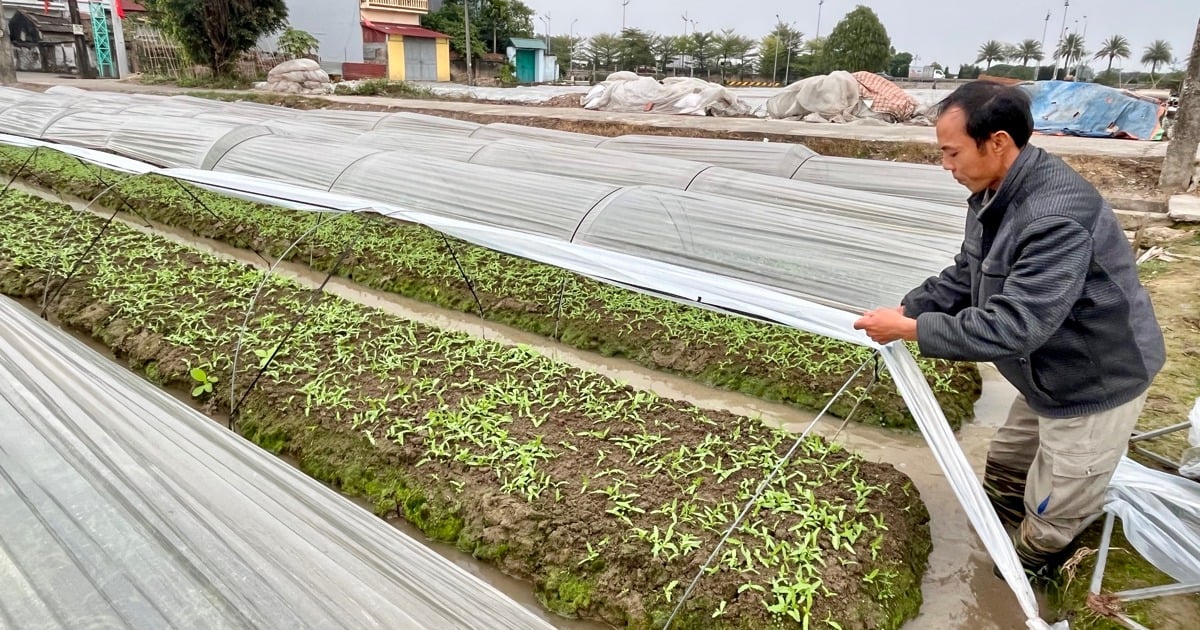

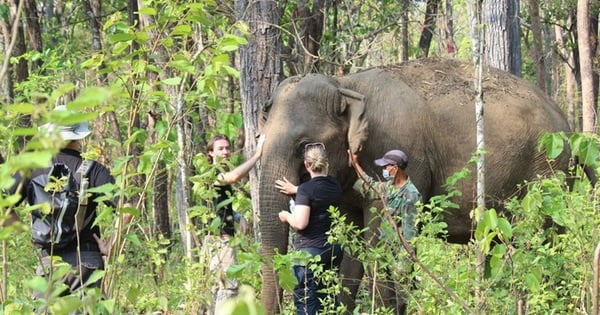
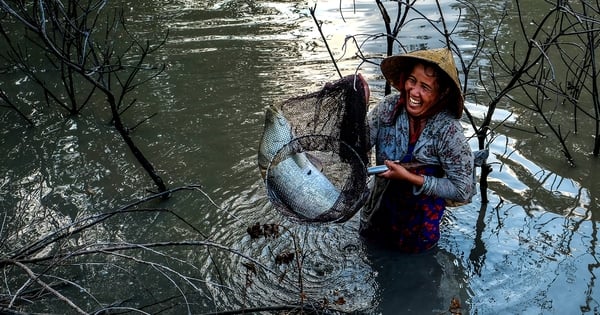
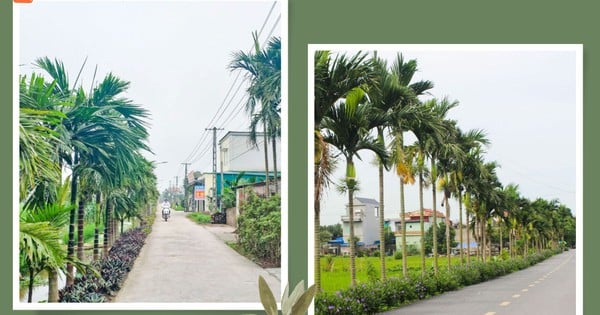


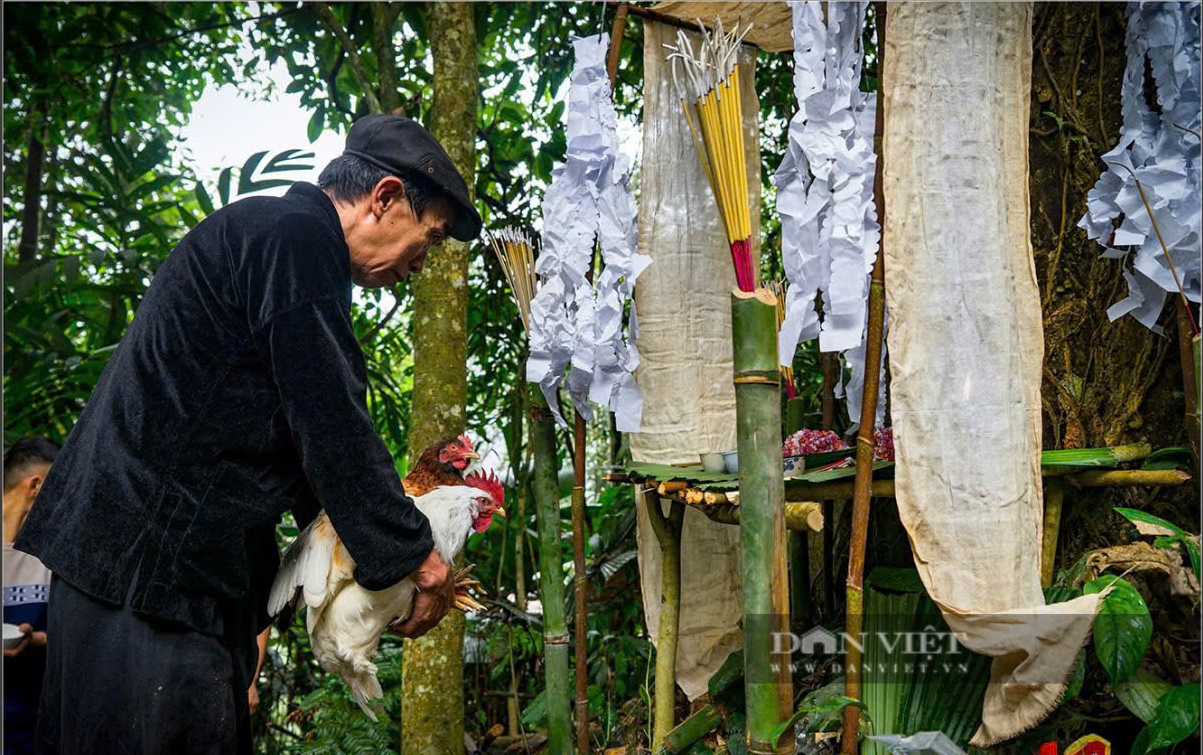
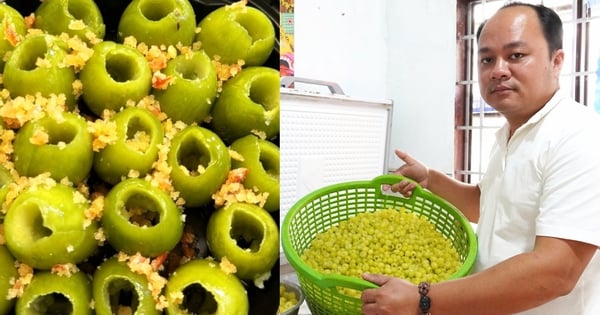

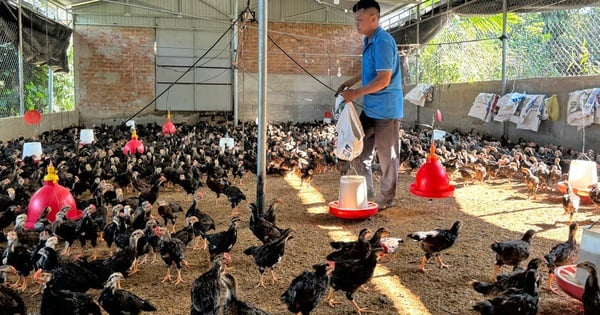






![[Photo] Prime Minister Pham Minh Chinh chairs Government Conference with localities on economic growth](https://vstatic.vietnam.vn/vietnam/resource/IMAGE/2025/2/21/f34583484f2643a2a2b72168a0d64baa)






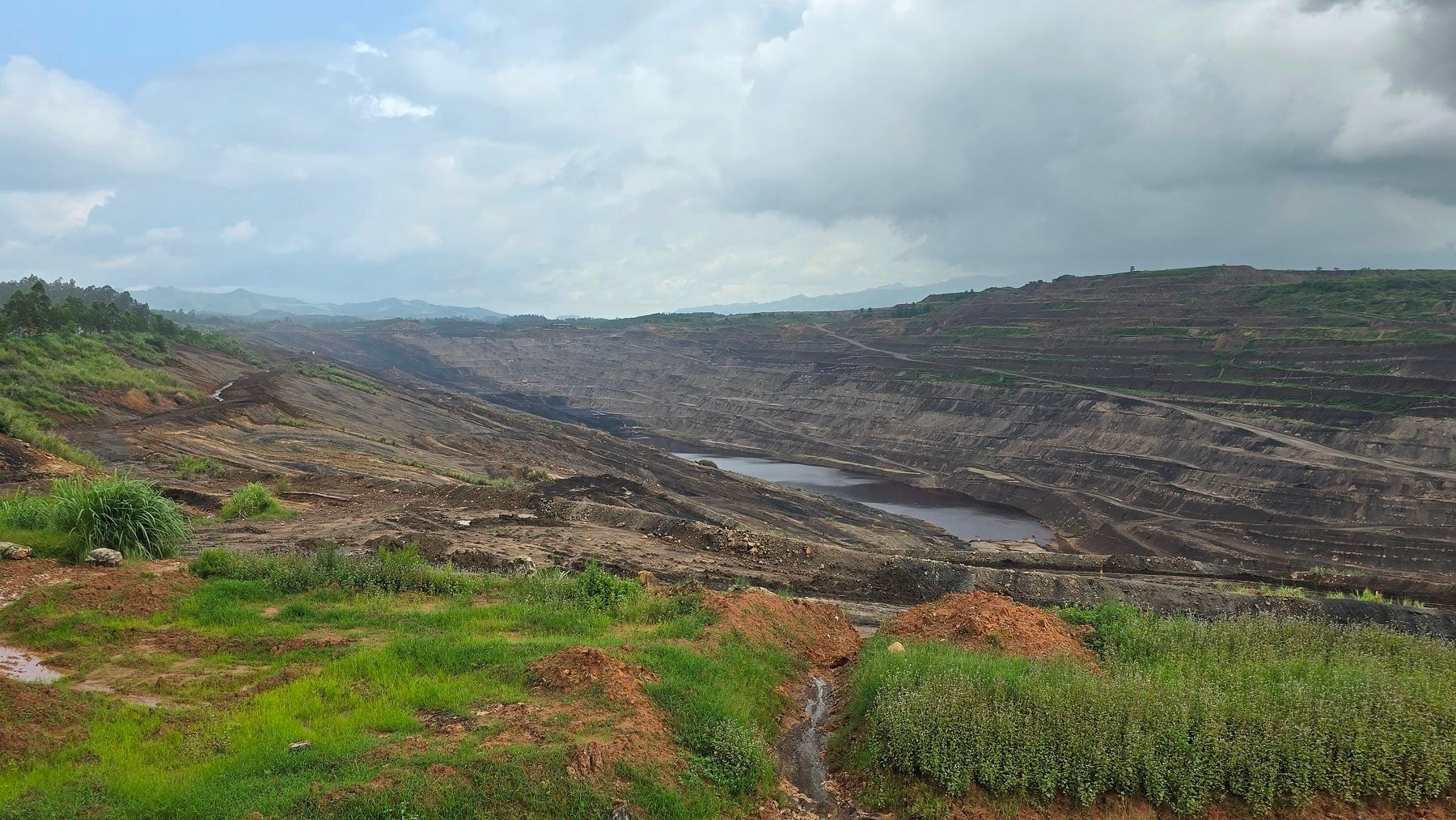




















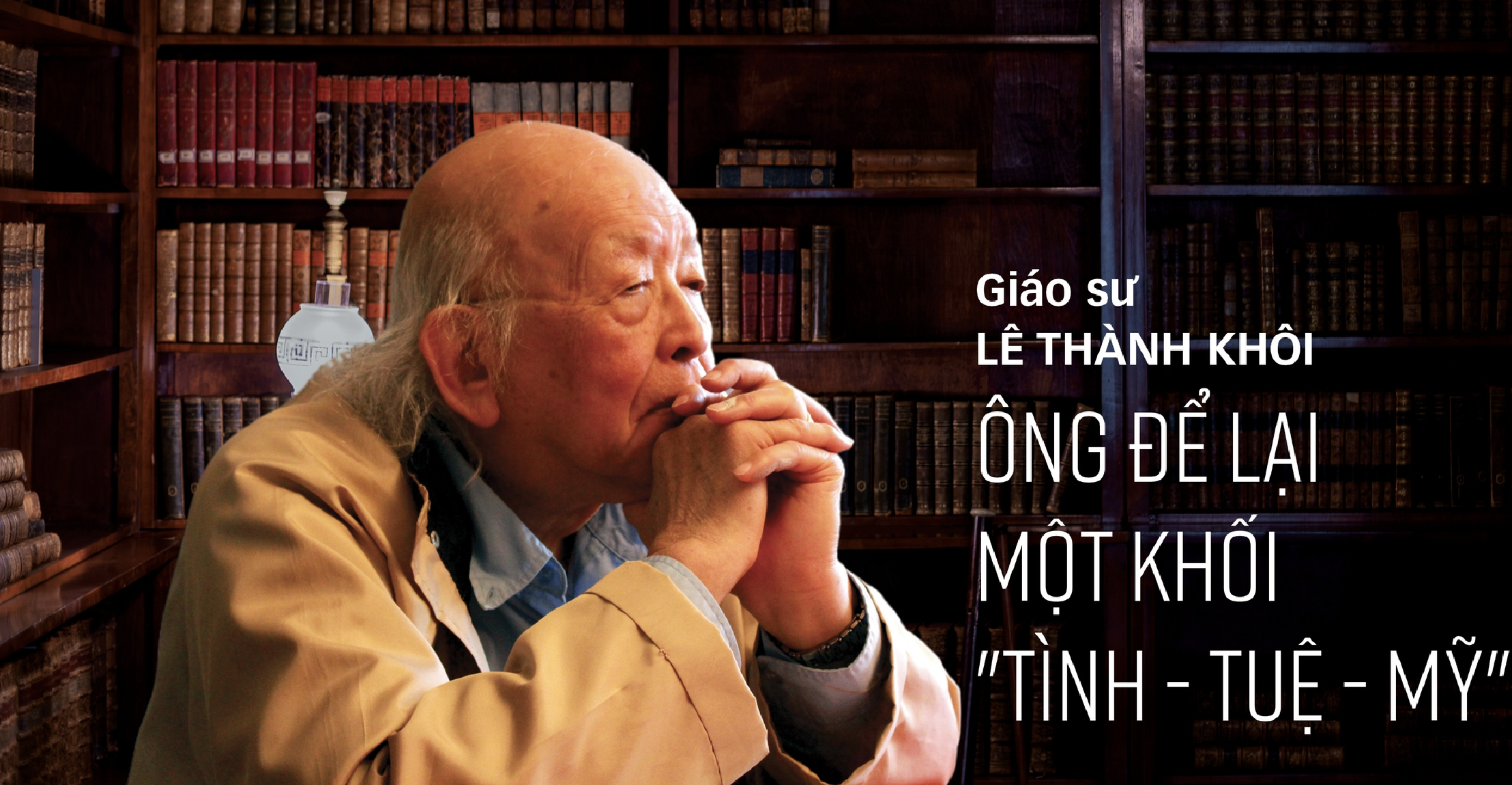

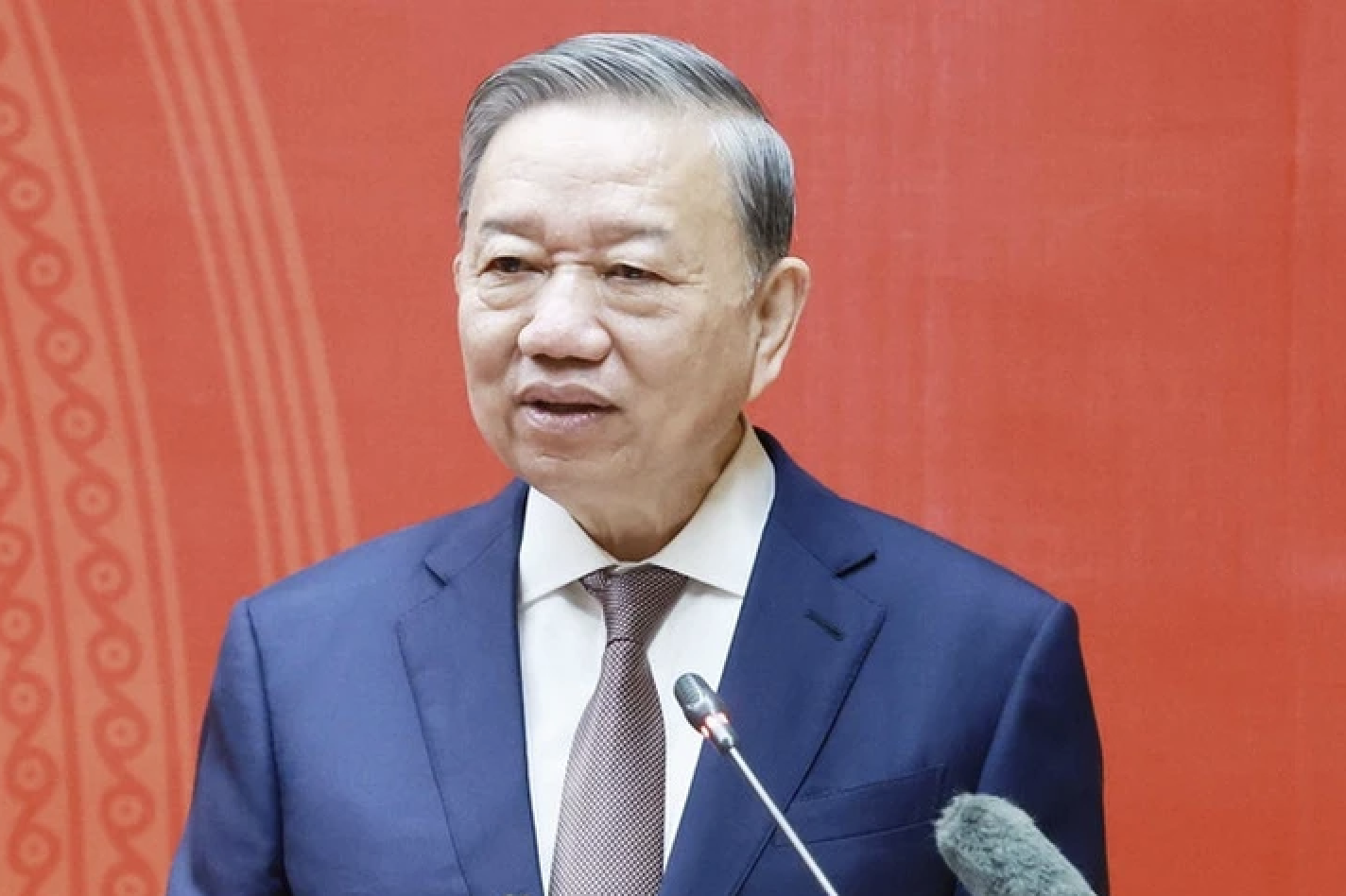
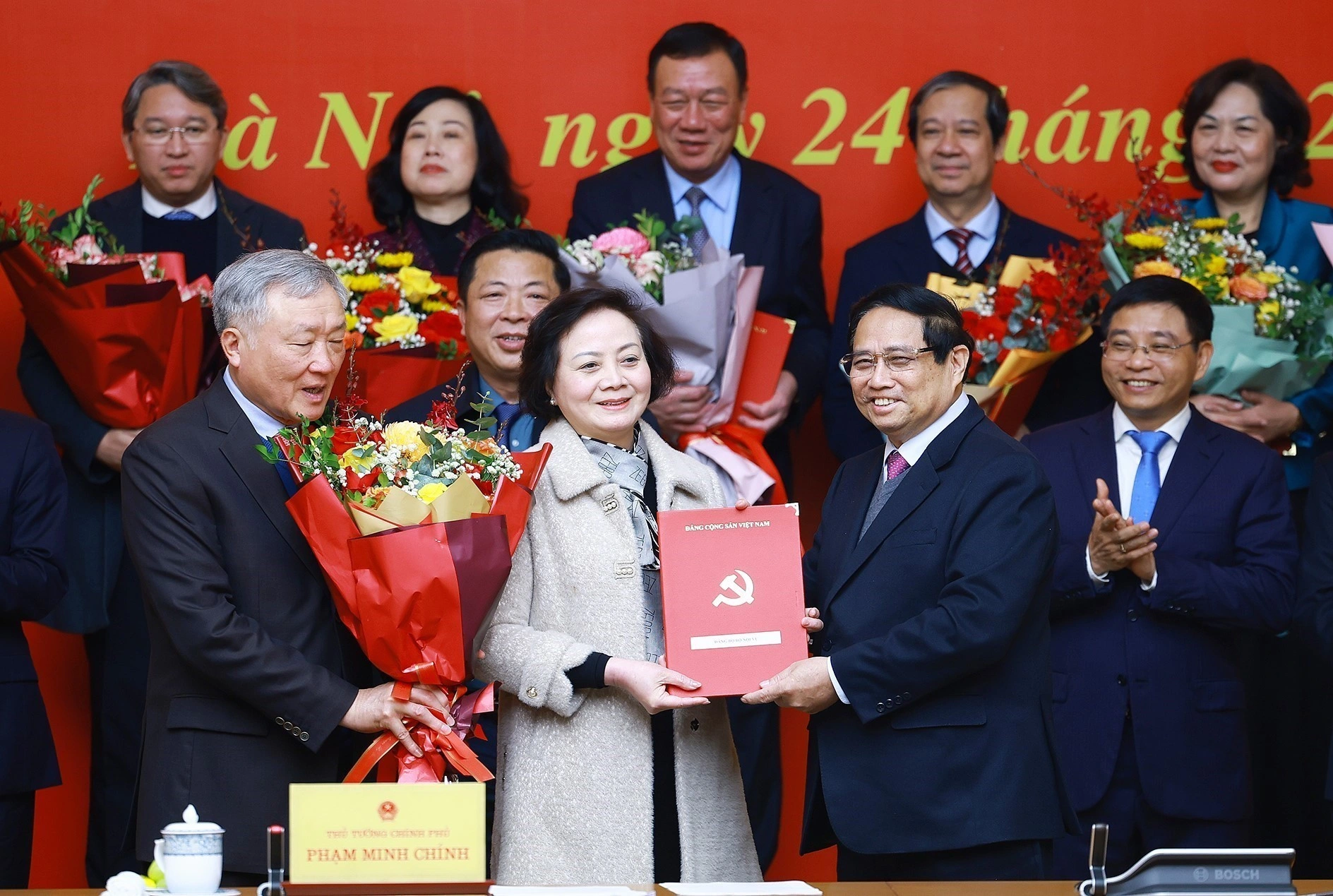
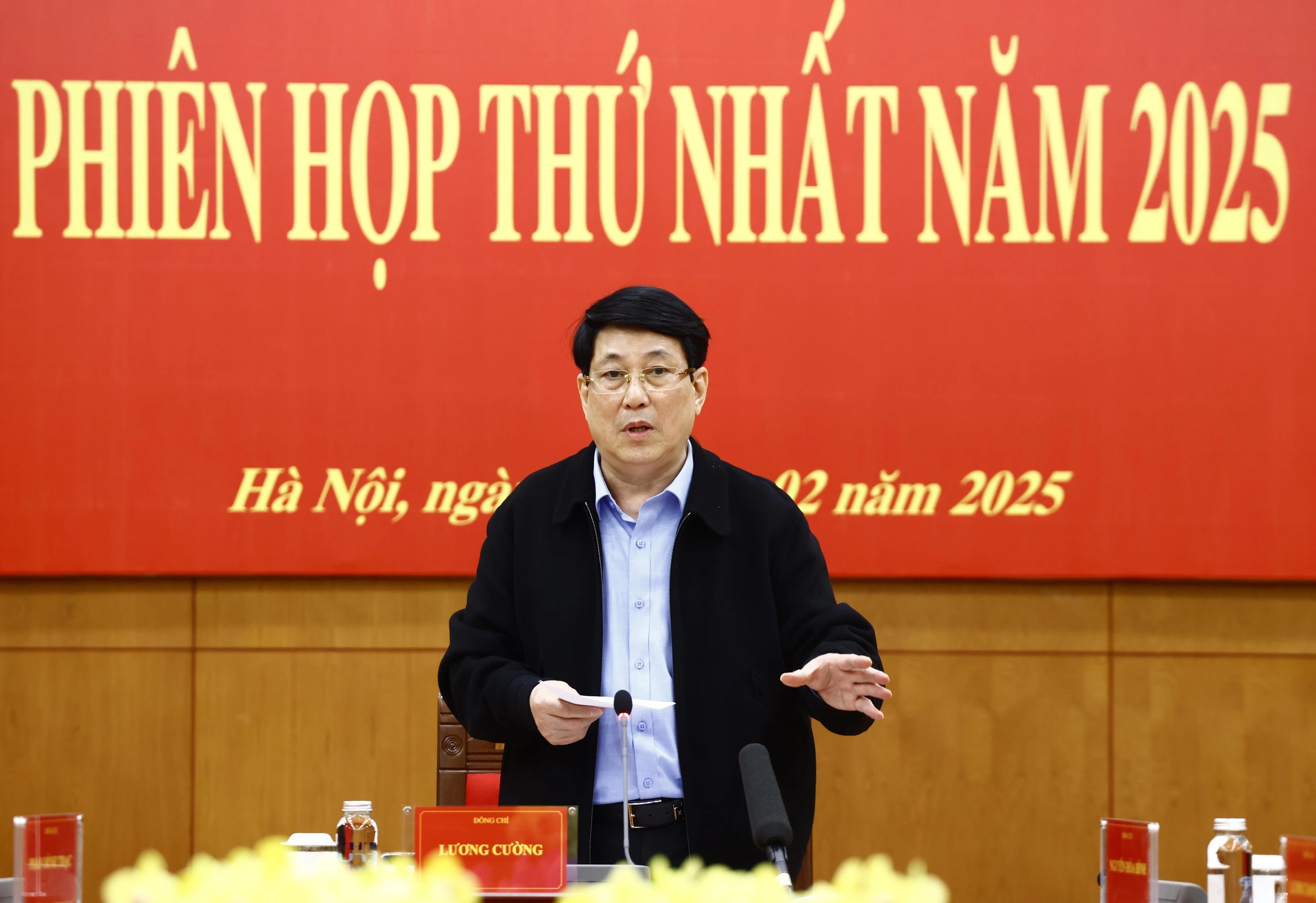






















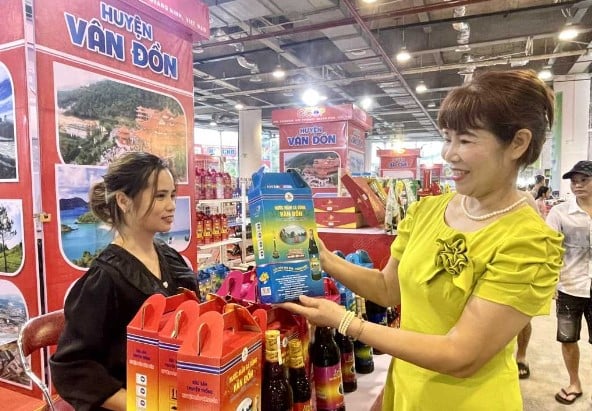
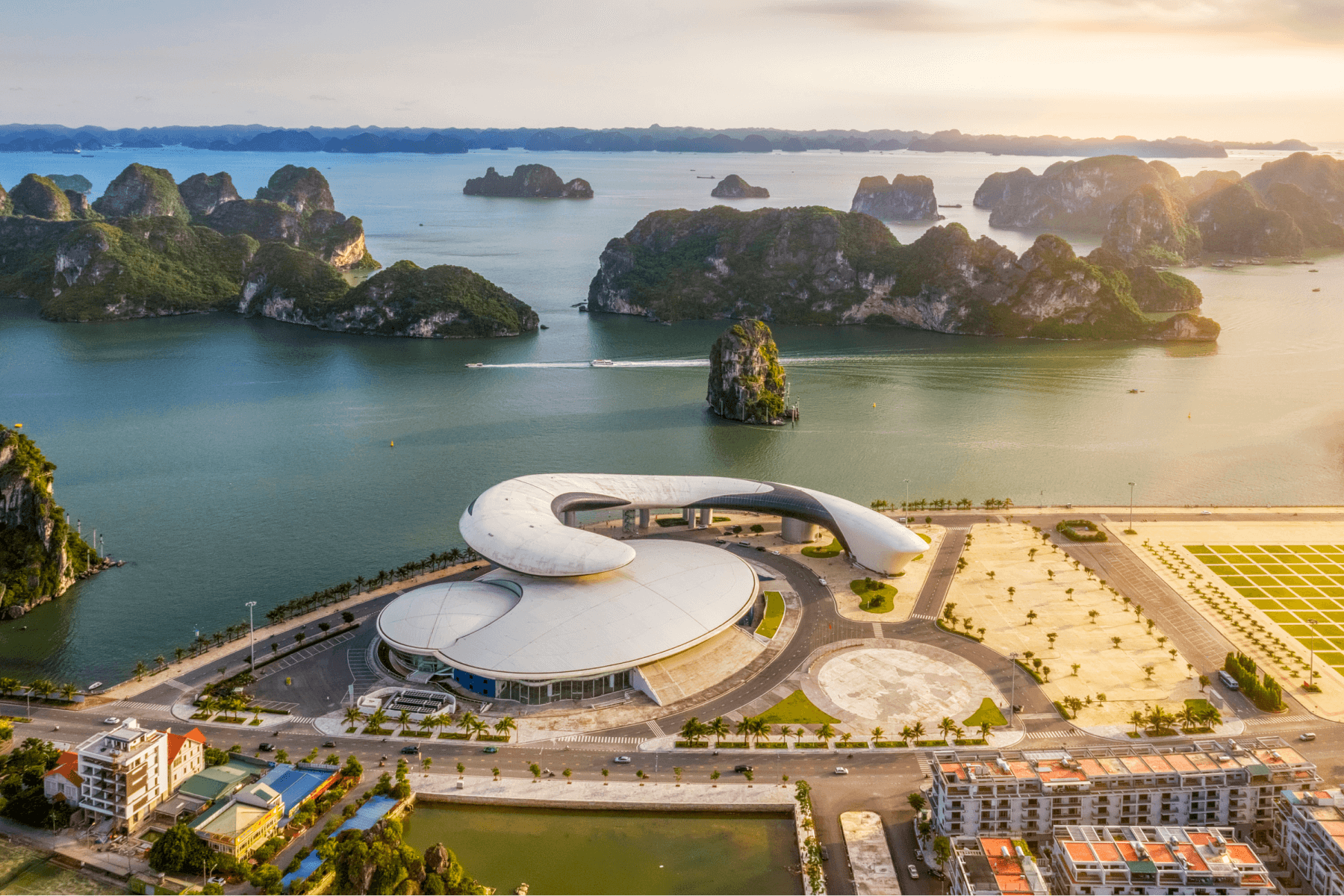
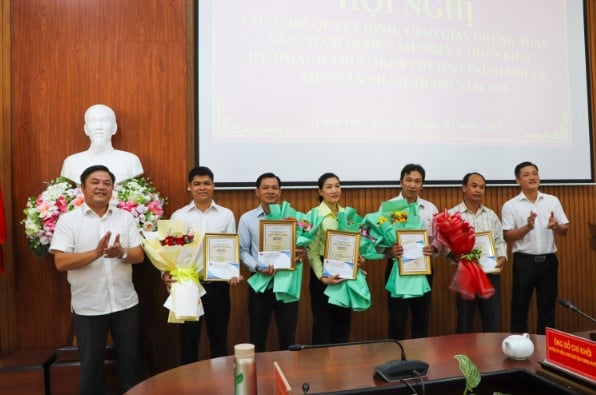
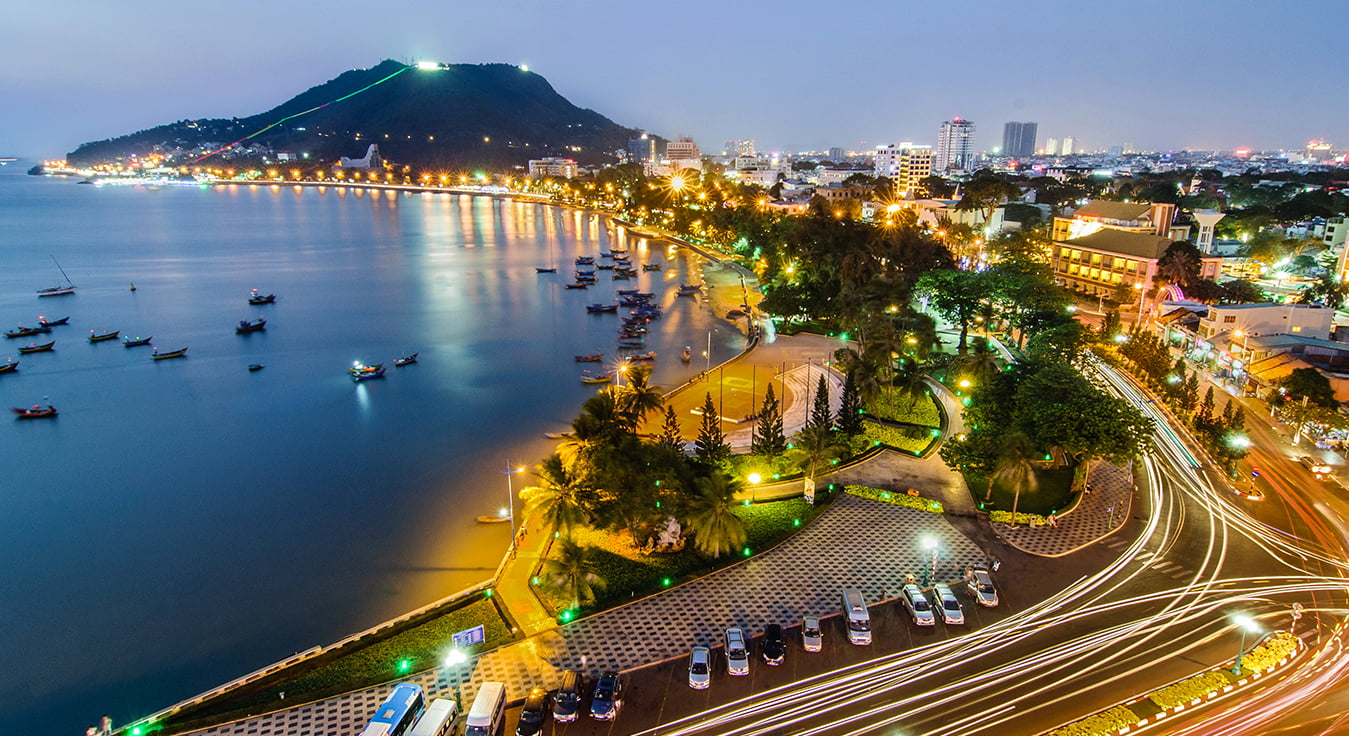
Comment (0)